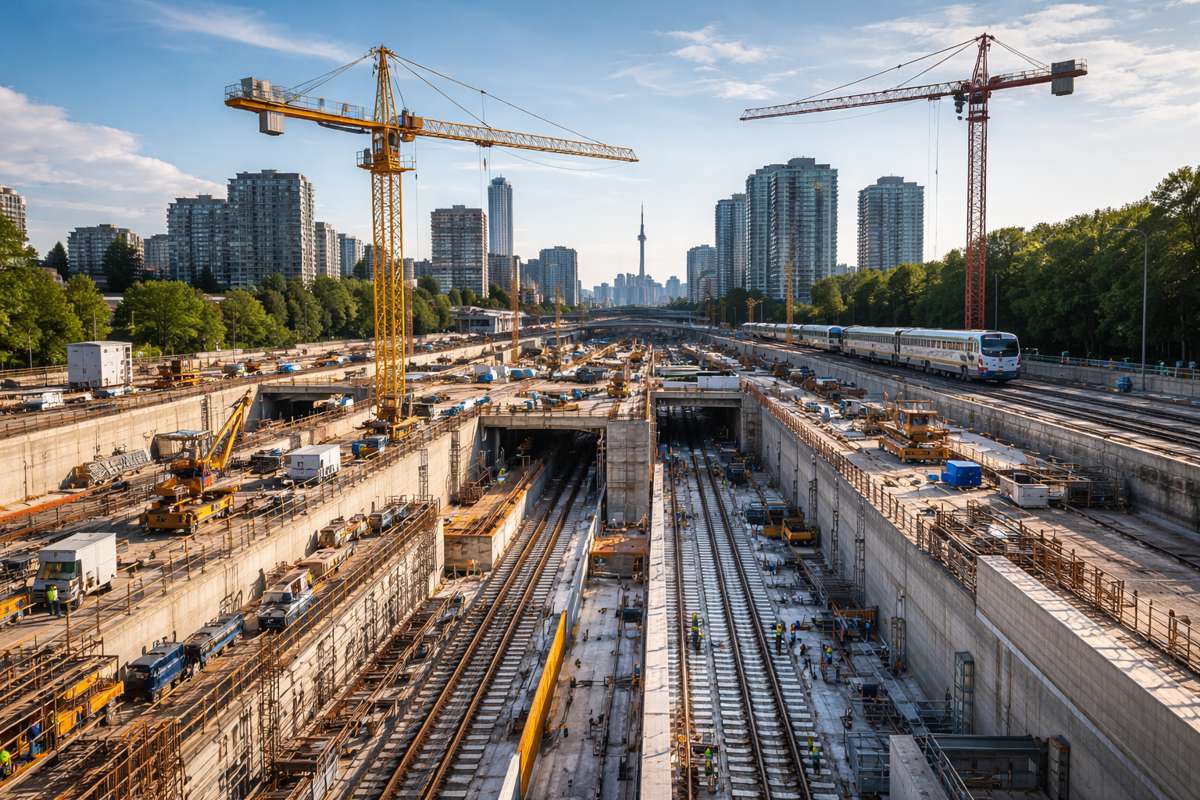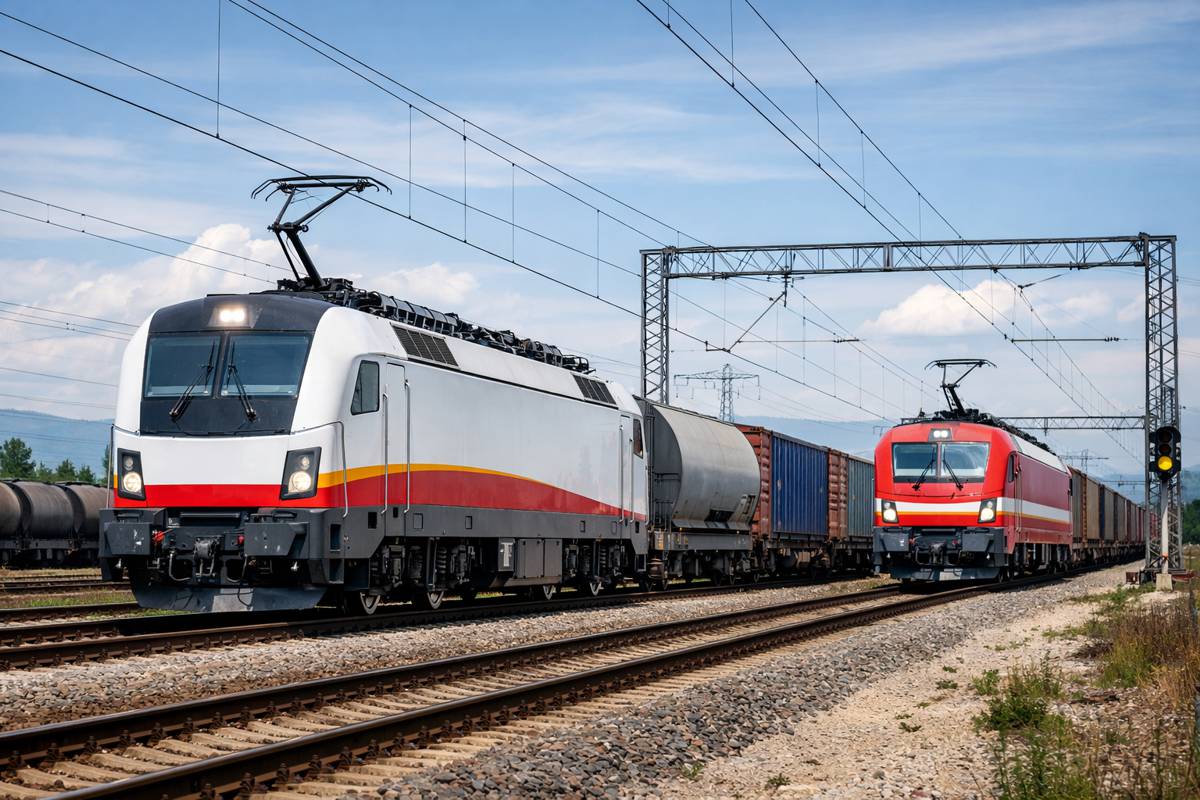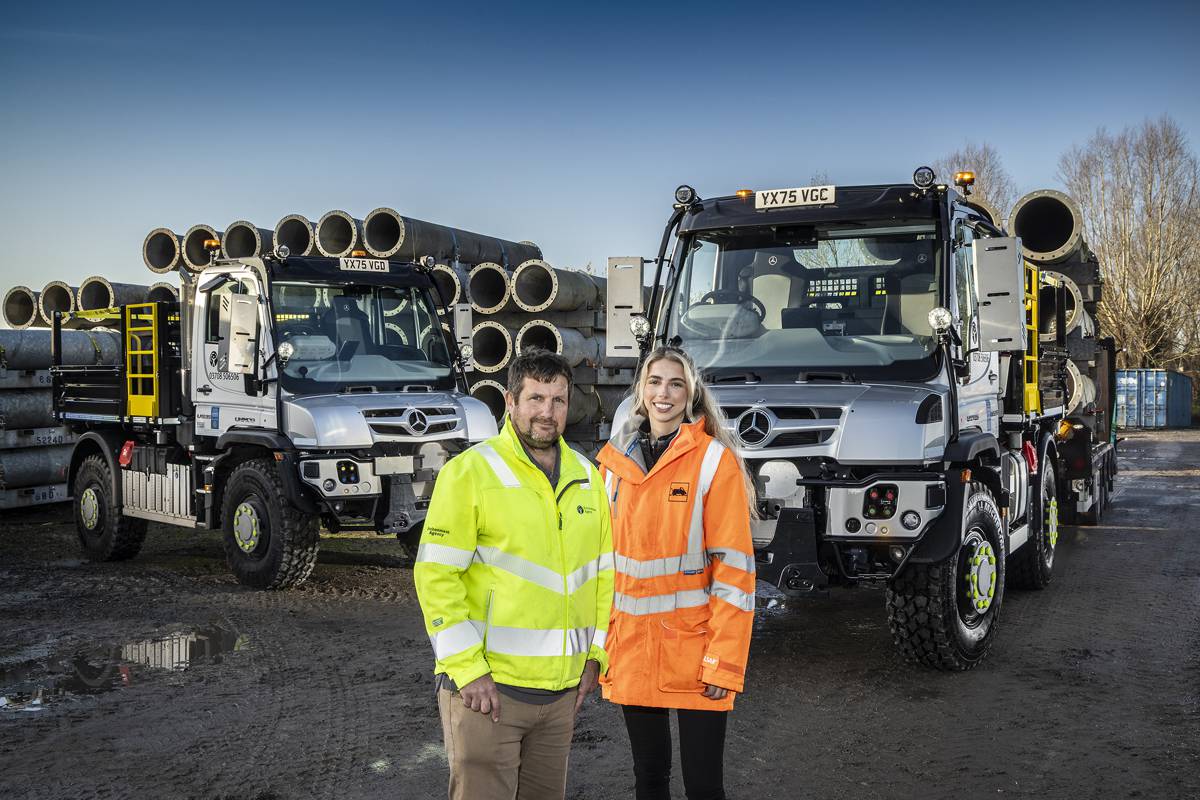Snow and ice treatment trains all set to keep Network Rail on track this winter
Network Rail’s fleet of snow and ice treatment trains are ready to keep passengers moving this winter and minimise disruption. Govia Thameslink Railway (GTR) also has robust plans in place, including running ghost trains overnight to help keep tracks clear, plus its new fleet of Thameslink trains which feature a special snow mode to help braking.
Unlike some other parts of the country, trains on the South East Route, which includes Sussex and south London, draw their power from the conductor rail. But if ice forms on the surface of the rail, it interrupts the flow of electricity and trains can’t draw power to move.
That’s why Network Rail has a fleet of 12 treatment trains which will travel the equivalent of six times around the world – that’s 161,296 miles – scraping ice off the conductor rail using metal brushes and spraying thousands of litres of anti-icing fluid to prevent the formation of ice.

John Halsall, Network Rail’s managing director in the south east, said: “We’ve been preparing for winter for months and are working 24/7 to keep passengers moving.
“Our snow and ice treatment trains are ready to travel around 160,000 miles laying anti-icing gel to stop ice forming on the third rail, while we’ve also improved our extreme weather forecasting so we can stay one step ahead of Mother Nature.”
As well as freezing the conductor rail, snow and ice can also freeze or jam points so trains cannot switch tracks safely, while couplers which join trains together can freeze, which causes problems joining or separating carriages.
GTR began preparing for wintry weather in the autumn, with de-icing equipment distributed, stocks checked, and staff briefed on procedures. The operator not only runs overnight ghost trains to help keep tracks clear and improved new Thameslink trains, but it has previously made modifications to other classes of train to increase their resilience.
Alex Foulds, Business Improvement Director and Deputy Chief Operating Officer at GTR, said: “We can never guarantee to keep all our services running if the weather takes a very bad turn for the worse, but with Network Rail we are well prepared and will do all we can to keep passenger disruption to a minimum.”

On top of this, Network Rail has:
- Fitted points which are prone to freezing with heaters and NASA-grade insulation.
- Installed conductor rail heating in some areas.
- This year, Network Rail is trialling a more effective anti-icer fluid on the Sheerness line, which contains more of the active ingredient that stops ice forming.
- Adjusted its extreme weather forecasting processes to better predict ice build-up on the conductor rail. Detailed forecasts from weather experts MetDesk help formulate local action plans during adverse weather, minimising disruption to passengers. The forecasts cover not just the weather but how the conditions will impact on specific railway infrastructure such as the tracks and conductor rails. A network of hundreds of monitoring stations also provides real-time weather data, enabling Network Rail to respond to conditions as they develop in real time.




















